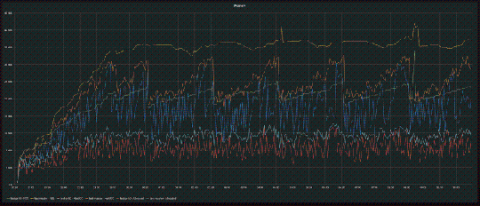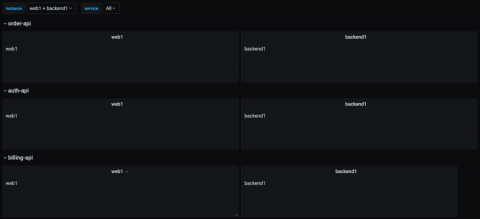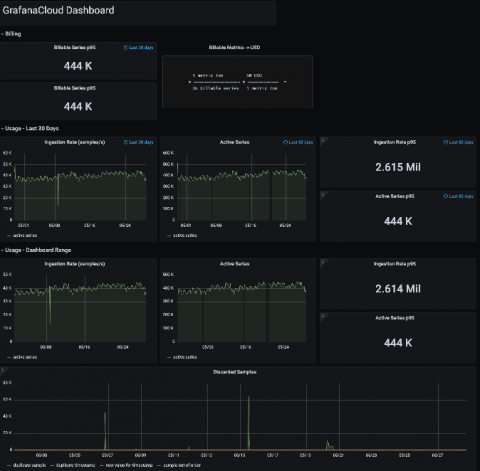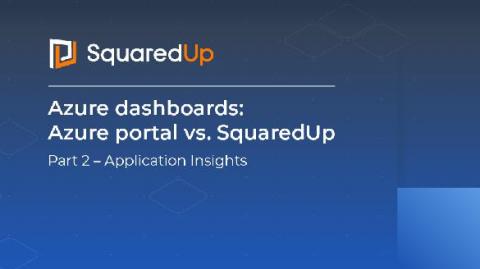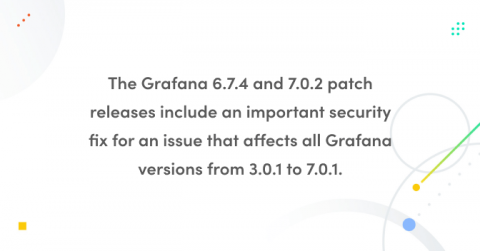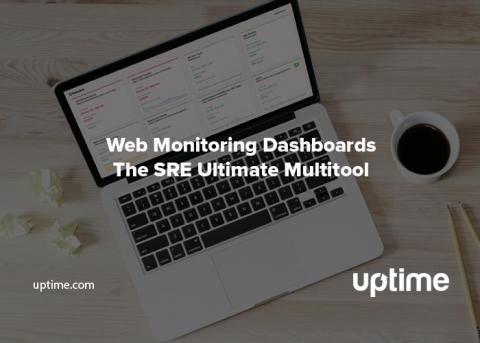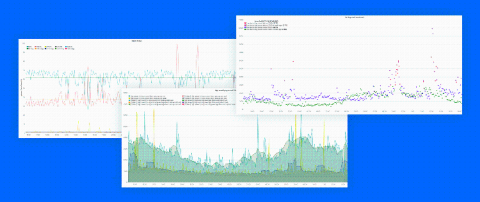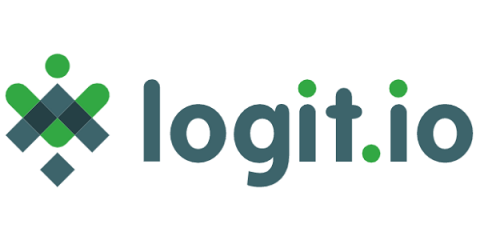New in Prometheus v2.19.0: Memory-mapping of full chunks of the head block reduces memory usage by as much as 40%
The just-released Prometheus v2.19.0 introduces the new feature of memory-mapping full chunks of the head (in-memory) block from disk, which reduces memory usage and also makes restarts faster. I will be talking about this feature in this blog post.


